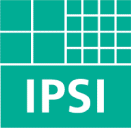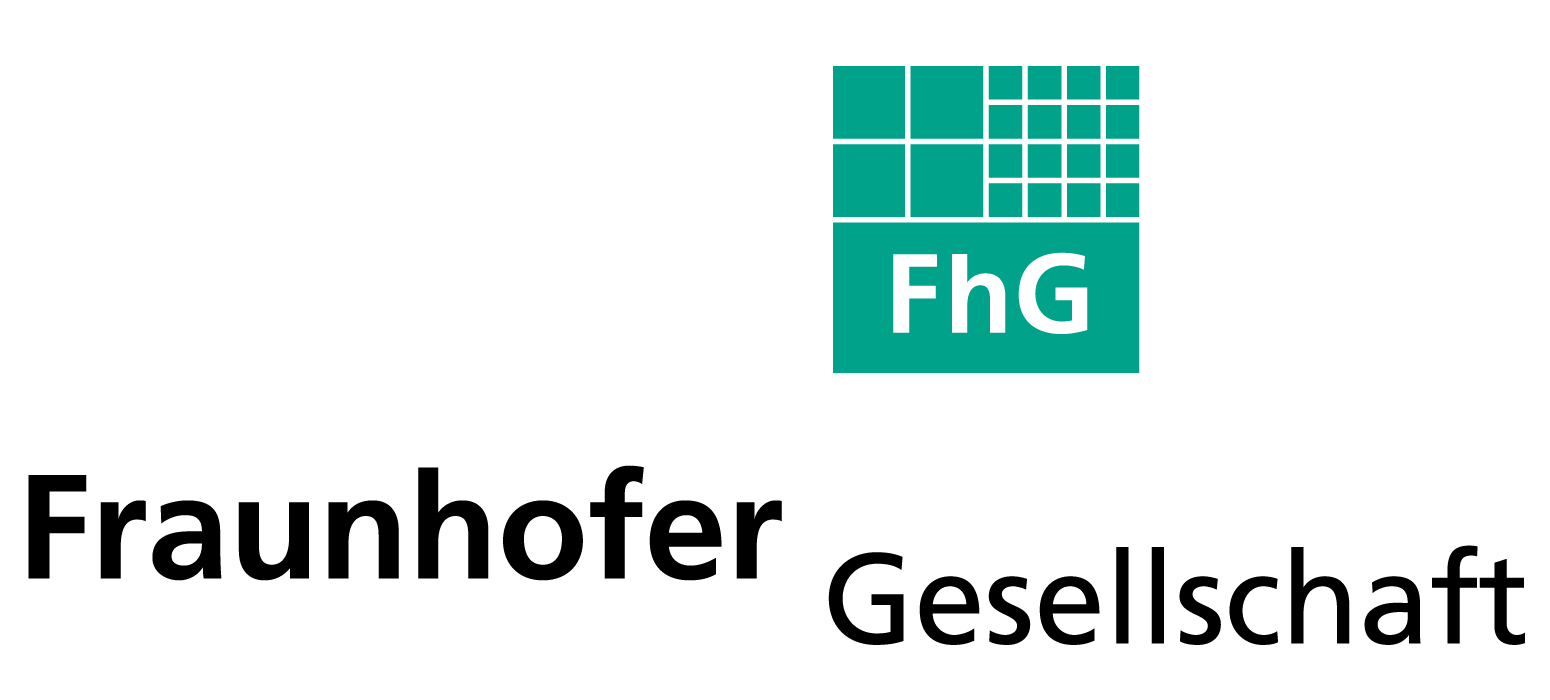


 |
 |
 |
 |
Multimedia and Security Workshop at ACM Multimedia 2000, Los Angeles | ||||||||||
| . |
|
Multimedia and Security
Workshop at ACM Multimedia
At the 8th ACM International
Multimedia Conference
November 4, 2000
Los Angeles, California
Jana Dittmann1 , Klara Nahrstedt
2and
Petra Wohlmacher3
| The HTML-Versions of the paper can be loaded here. |
| Introduction
Security has become one of the most significant and challenging problems for spreading new information technology. Digital data can easily be copied and multiplied without information loss as well as manipulated without any detection. This requires security solutions, which encounter these threats. Security solution are especially of interest for such fields as distributed production processes and electronic commerce, since their producers provide only access control mechanisms to prevent misuse and theft of material. By increasing both the requirements for efficiency and the possibilities of IT-systems, the needs for security and trustworthiness also enlarges. These needs are particularly important for security-relevant applications as well as for applications processing sensitive personal data. IT-systems are commonly used for different kinds of applications, increasingly applications dedicated to multimedia. Obviously, secure and trustworthy actions and interactions are very important requirements for multimedia systems. Objectives
Contents
|
We want to face the topic of the use of
digital sig-natures for authentication. Furthermore, problems deriving
from the usage of public-key certificates within security infrastructures
will be discussed. Additionally, attribute certificates are introduced,
which can be used excellent for customer specific profiles.
Beside technical approaches, legal requirements, the identification of design, and acceptance problems of security solutions are addressed. Finally, multimedia applications are presented, e.g. within the field of electronic commerce where security solutions are of main interest. This year we have four invited talks:
|
| 4 th Nov | |||||||||||||||||||||||||||||||||||||||||||||||||||||||||||
| 1.) | 8:00am Welcome and Introduction to the Workshop, Jana Dittmann; GMD – IPSI, Germany | ||||||||||||||||||||||||||||||||||||||||||||||||||||||||||
| 3.) | To have more discussion in the workshop, the presenters are asked to
give a short overview of their work and the problem and/or soltions, after
each section are questiones and discussions
|
||||||||||||||||||||||||||||||||||||||||||||||||||||||||||
1 FhG - Fraunhofer Gesellschaft
Integrated Publication and Information System Institute (IPSI)
Dolivostraße 15, D-64293 Darmstadt, Germany
+49-6151-869-845
jana.dittmann@ipsi.fhg.de
2 MONET Group (Multimedia Operating and
NETworking System Group)
Department of Computer Science
University of Illinois at Urbana-Champaign
1304 West Springfield Avenue
Urbana, IL 61801, USA
+1-217-244-6624
klara@nahrstedt.cs.uiuc.edu
3 University of Klagenfurt, System Security,
Villacher Str. 161, A-9020 Klagenfurt, Austria
+43-463-2700-854
petra.wohlmacher@uni-klu.ac.at
| April 2000 |